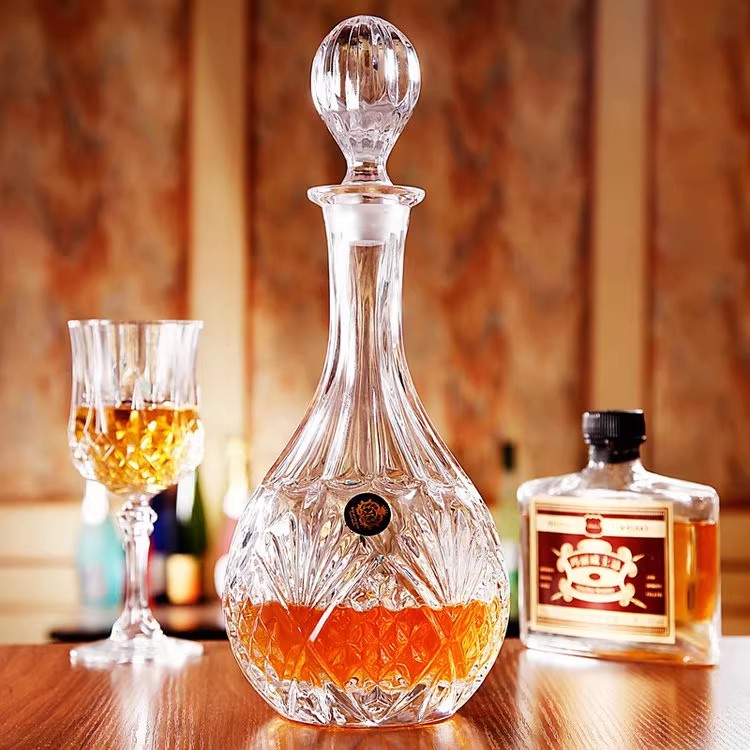Let’s settle a debate that’s been swirling in whiskey circles for decades: Does whiskey actually taste better when stored in glass bottles, or is this just clever marketing? As it turns out, science and centuries of distilling tradition agree – glass whiskey bottles aren’t just pretty packaging. They’re guardians of flavor. Grab your favorite dram as we unpack why your bourbon or Scotch needs that crystal-clear armor to stay delicious.
Here’s the first plot twist – glass isn’t just "inert." It’s the ultimate neutral party. Unlike plastic or metal containers, glass whiskey bottles create a zero-interaction environment. The American Chemical Society confirms that glass molecules form an impenetrable silica network, meaning:
This matters because whiskey contains over 600 flavor compounds – fragile esters, phenols, and aldehydes formed during aging. A 2020 study in Beverage Journal found whiskey stored in glass retained 97% of original flavor compounds after 5 years vs. 82% in premium plastic alternatives.

Ever wonder why top-shelf glass whiskey bottles often use dark green or brown glass? It’s not just aesthetics – it’s sunscreen for your spirit. UV rays break down terpenes (those lovely floral/citrus notes) and accelerate oxidation. Clear glass allows 90% of UV penetration compared to:
Distillers like Buffalo Trace use cobalt blue glass specifically to protect wheated bourbons’ delicate vanilla notes. Next time you admire a beautifully tinted bottle, remember – it’s doing chemistry cosplay as a light shield.
That satisfying "pop" when uncorking a bottle isn’t just theater – it’s evidence of an airtight seal. Glass’s rigidity allows for:
Plastic’s flexibility seems practical until you realize it expands/contracts with temperature changes. A 2018 Scotch Whisky Association report showed bottles with synthetic corks lost 2-3% more alcohol content annually versus natural cork in glass.
Let’s get psychological. Oxford University’s Crossmodal Laboratory proved packaging alters perceived taste. Participants rated the same whiskey as:
Glass whiskey bottles provide what neuroscientists call "sensory anchoring" – the clarity builds trust in the liquid’s purity before you even take a sip. Plastic’s slight cloudiness? Subconsciously reads as "cheap" to our primate brains.
While ancestors used glass because it was their only option, modern analysis confirms their accidental genius. Gas chromatography shows whiskey in glass develops more nuanced compounds over time:
That’s why even experimental brands using recycled materials still choose glass whiskey bottles for limited editions – you can’t cheat chemistry when collectors are paying $500/bottle.

Yes, glass is heavier to ship. But consider:
Brands like Maker’s Mark now use 90% recycled glass, proving environmental responsibility pairs with flavor protection.
Final Pour
Next time you run your fingers over those elegantly curved glass whiskey bottles, remember: You’re holding a time machine engineered by chemistry, psychology, and centuries of craft. From blocking UV rays to cradling delicate flavor molecules, glass remains the undisputed champion of whiskey preservation – and your taste buds can prove it.
Whether you’re sipping a 30bourbonora30bourbonora3,000 Scotch, that glass bottle isn’t just packaging…it’s the silent partner in every perfect pour. Cheers to science!